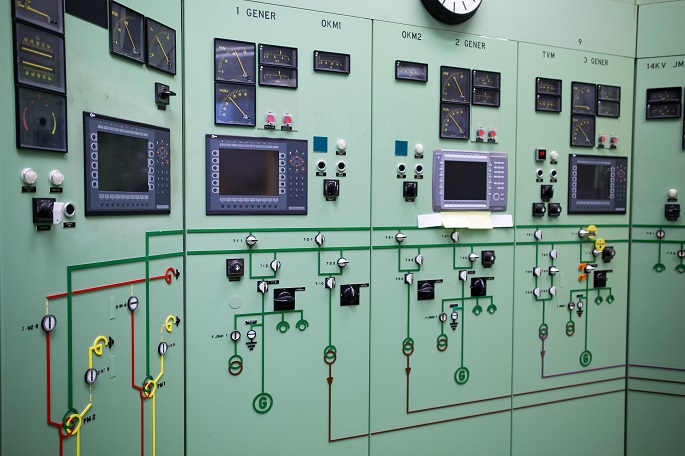Nordic electricity prices skyrocket due to dry summer
Published : 31 Jul 2018, 21:41
One effect of the hot and dry summer in the Nordic area has been a sudden increase of the purchase price of electricity.
HIGHER PRICES
While the publicly listed Nordic system price for one kilowatt per hour was even at 2 cents in May, it is now over 5 cents. The retail rates for consumers vary, based on the contracts they have chosen.
Finland is part of the Nordic energy pool, where over half of the electricity is produced with hydro facilities, usually associated with water falls. In Finland, the share of hydropower is maximally 23 percent, but in Norway, a key producer in the joint market, the share of hydro is 90 percent.
Jukka Leskela, CEO of Finnish Energy Industry Association, said on Tuesday the lack of hydro-based electricity has been compensated by more expensive imports from continental Europe.
"In those areas, electricity is produced mainly through burning fossil materials, and the penalties for leaking such smoke into the air have increased three fold in recent years," he said.
Leskela told national broadcaster Yle that the market sensed the situation early and prices started increasing. In advance sales, the current high level is to continue until end of the year and would start declining next spring. "The low price level Finns were used to could be reached again in 2020," Leskela said.
The Nordic system price that balances the supply and demand in the area was on Tuesday 53.88 euros per megawatt per hour. In May it was on average 33 euros, the Nordpool statistics indicated. Late last week, it fell to 50.33 euros from an earlier 54.52 euros but rose again.
CAUSES
Not only is the summer dry, but much of the massive snow fall of the past winter did not melt into water, and due to the climate factors evaporated into the air as moisture, causing lack of hydropower.
Although over 30 degree temperatures did not hit Finland until in July, already May was the warmest May since measurements started in 1900. Several parts of Finland also had no rain in May. Later during the summer, there have been heavy rains associated with local thunder storms.
Weeklong periods with above 30 degree temperatures have been reported several times during recent decades but the current nearly three week period exceeds previous records.
Winds have been low this summer and thus wind power has not been available as a compensation. There have been no actual consumer shortages in electricity supply though.
Year-round use of sun panel produced electricity is not feasible in Finland due to the arctic darkness. "The share of sun electricity amounts only to one percent of the consumption on a summer day," Leskela said.
Hydro electricity is the third largest source of electricity in Finland, preceded by nuclear power and power plants that produce both heat and electricity through burning fossil fuel.
Besides the rise in the purchase price, Finns have been angered by parallel increases in the transfer prices of electricity.
Finnish households pay separately for the electricity used and for the transfer. The transfer cost can amount to 60 percent of the monthly invoice, according to the Finnish public electricity authority.


